AppleInsider has spent the last month testing out Canon's first full-frame mirrorless EOS R shooter to see how it stacks up in an ever-growing mirrorless market.
The EOS R has a lot of competition. Sony, the biggest player in the game, has been dominating for years. Recently Nikon and others are have thrown their own hats in the ring with the likes of the Nikon Z 7 and Nikon Z 6 that AppleInsider has already reviewed.
Canon's shooter falls in the middle of the Z 7 and Z 6 between the A7 and A7R III in both price and megapixel count.
The EOS R sports a 30.3-megapixel resolution while the Z 6 shoots 24.5MP, the Z 7 does 45.7MP, the A7 does 24MP, and the A7R III shoots 42.4MP. With these specs, it could easily be a great compromise between the low end and high-end models filling the market.
Updated body, questionable choices
Canon designed everything from the ground up for the new mirrorless EOS R, but there are still many leftovers from previous models. If certain things irked you before, they still will now.
For example, the modular rear touch screen is fully articulated and can tilt out, up, down, to the side, and even face the camera for added protection. Protection is great, but the contortions you have to do sometimes to position the screen are not — if you want to tilt the screen down you have to first tilt it out awkwardly on the side. Each design has pros and cons, but we generally prefer the tiltable display of the Sony A7R III or the Nikon Z-series.
Unlike others in this space, the plastic body of the EOS R feels cheap to the touch. There is a strong magnesium alloy body beneath the plastic, but the fit and finish doesn't give a great impression. It also doesn't feel as great in the hand as either of the other two big players, especially with no solid thumb grip.
Canon also places the power toggle to the left, which we still haven't adjusted to. It doesn't make sense for us to have to use both hands just to get the camera on, especially when that left hand needs to then readjust to bolster our stability on the underside of the camera.
When an opportunity presents itself for a great shot, we pull up the camera in our right hand, left has to go above to toggle on, then go back below to hold the camera. Stabilizing the camera is extra important with only the lens stabilization available.
Sony and Nikon integrate the power to the right side by the shutter button where your right hand is already located.
Across the top of the camera are several different control wheels that are made of metal, colored black, and textured with knurling. The metal controls do give it a more premium feel but on a couple of knobs, the knurling is actually too sharp and the tension too tight. When we go to move the wheel, notably in certain dry environments, it can scratch skin a bit. If done frequently, it can start to hurt. Making this worse, with a natural grip, some of the wheels are hard to reach.
There are a wide array of controls on the camera, but no joystick to be found, and the D-pad doesn't work the way you'd expect. This can make it difficult to perform certain functions, like moving the autofocus point. Instead, Canon expects you to use the touchpad.
There is still much to love here, however. The LED panel on top presents quite a bit of useful information while shooting. It highlights the mode as you cycle through them. This display also can be inverted from a black to white depending on your shooting environment.
Canon followed Nikon's lead by only including one media card slot, which is a controversial omission. It supports SD/SDHC/SDXC media cards which are most common, but not the fastest out there, nor looking to the future. Others are prepping to adopt the CFExpress 2 cards which are far faster.
Connectivity
As far as wired connectivity goes, Canon too has adopted USB-C. That is located on the left side along with HDMI, a remote control connector port, a headphone port, and a microphone input. Like the Nikon, USB-C can charge the battery in the camera cutting down the need to always tote along a battery charger. It also means you can power it up on the go with any battery pack.
Our biggest qualm with this is that the USB-C port is on the top of the port stack, rather the bottom. We use the USB-C port far more often than the HDMI and would have preferred it to be towards the bottom for easier access, and access when on a tripod.
Wireless connectivity feels a bit dated. While the camera can transfer images via Bluetooth and Wi-Fi, it is a bit slower transferring to our iPad Pro than we'd like, partially partially due to the antiquated standards used. Bluetooth on the camera is 4.1 while Wi-Fi is limited to 802.11n speeds.
This all would have been fine two years ago, but now we have competing models building in 802.11ac that transfer content far faster.
An updated lens system
With the EOS R, Canon took the opportunity — as Nikon did with the Z-series — to revamp its lens mount to have a wider 54mm opening with a shorter 20mm flange. This will allow much more light to hit the sensor and since the distance from the lens to the sensor is reduced, it should aid its focusing abilities.
Canon has started to release all-new RF lenses for the new lens mount, but they still maintain compatibility with legacy lenses by way of adapters. Unlike Nikon that has one adapter to fit all of their previous F-mount lenses, Canon has three. They come at different price ranges with added features like an additional control ring and the top end has an integrated ND filter.
When we tested the adapter system, we saw no loss in image quality on the legacy lenses, though focus was a tad slower than it otherwise would be.
Canon's new lenses are quite hefty pieces of glass. They are larger than older counterparts as is common with these full-frame mirrorless cameras. The Canon EOS R was already on the larger size and this just adds to it.
There is a lot going on with the new lenses, such as the new additional control ring. This ring can be mapped to different customizable functions such as ISO, exposure compensation, shutter speed, or aperture. As you make lens adjustments, such as the focal length, it is displayed in the EVF so you don't have to glance away to see it.
Unlike Nikon and Sony's mirrorless full-frame systems, Canon chose not to include in-body stabilization on the EOS R. Instead of a five-axis stabilizer in the camera, the lenses still house their own dual-axis stabilization that can be toggled on or off. It is what we've had for years but not really anything that builds or is as good as the competition. Excess shaking will certainly be noticeable.
Currently, there are four RF lenses available. The RF 35mm F1.8 Macro, RF 24-105mm F4, RF 50mm F1.2, and the RF 28-70mm F2 which run $499.99, $1,099.00, $2,299.00, and $2,999.00 respectively.
The "kit" lens, in this case, is that 24-105mm F4 lens. When compared to our recently reviewed Nikon Z6/Z7 cameras, this lens gives you a bit more zoom than Nikon's 24-70mm f4 kit lens. As the lens is fairly heavy, it would have a tendency to extend when facing down. Canon has a locking mechanism here that prevents that, but it means you have to unlock it each time you want to extend the lens.
Alternatively, Nikon has a lock position that only requires you to extend the lens yourself to unlock it. This is much more user-friendly.
Shooting with the EOS R
Getting over the ergonomic issues we had, shooting with the EOS R was fantastic. The autofocus system was fast and accurate, with it only having issues a few times during our shoots.
Video is underwhelming. It is capable of shooting full 4K at 30fps, but the crop factor was poor — it isn't just the 1.5x crop we see with APS-C sensors, but 1.75x. Trying to shoot close up video with a 50mm lens is a terrible idea and you lose about half the range of the 24-105mm lens. If you want to shoot wide-angle 4K video it is near impossible.
Considering Canon's early lead in the video realm, this is disappointing.
The video footage itself looks otherwise fantastic with crisp detail and rich colors — at least when you're shooting on a tripod. The lack of in-body stabilization rears its ugly head once again if you try to shoot handheld. Like any other camera, it becomes far too shaky and has a lot of rolling shutter effects when panning this way.
Our last video issue has to do with the face tracking. The tracking worked extremely well and was buttery smooth. Even when shooting with a wide aperture which gives a much smaller margin of error, Canon was able to keep up. Unfortunately, it audibly clicked when doing so, loudly enough to hear on the video itself. If you use this, using another audio source is absolutely a requirement.
None of that is a dealbreaker, though, if you have the right glass and shoot on a tripod. But, it is hard to completely overlook when both Sony and Nikon do this all so well with little-to-no crop and fantastic stabilization.
Turning to photos, we were much more impressed. It does lack some of the dynamic range we see with Nikon and Sony, but it was acceptable for everything but fringe scenarios.
The maximum image capture rate wasn't as high as we'd like — especially when we started taking action shots. The EOS R maxes out at 8 shots per second where the Z 7 can take 9 full-resolution shots per second, the Z 6 can do 12, and the A7R III can do 10.
We shot a variety of different scenarios with the EOS R and we were most happy with both the autofocus and the color. The color was magnificent and popped while still staying true to life. The vividness was clear even without having to boost the saturation. A lot of images we took off our card were simply great, without needing any additional editing.
Shooting with an open aperture, bokeh was delicate and soft, and produced stunning portraits.
The kit lens was quite versatile with a wide range of wide and tele abilities that handled much of what we asked. This is good, as the other lenses in the current lineup get expensive fast. Many will likely stick with this 24-105mm until more are available. That said, the 50mm 1.2 is extremely tempting.
We took to the great outdoors for this smattering of sample images, shot during the icy Ohio winter.
We've included a couple more sample shots at the end of the review.
Take the plunge, or not
This is Canon's first foray into the full-frame mirrorless market — and it shows. There is a lot of potential here, and the progress is evident. But Canon isn't there yet with the EOS R.
Too many compromises put this out of contention for a lot of folks out there. In-body stabilization, additional lens offerings, tight crop-factor on video, poor button layouts, slow fps, and a plastic design prevent us from widely recommending this camera.
Purely looking at the still photography, the EOS R still excels. You will get great photos from this camera and likely won't regret that aspect. However, if you are looking for the absolute best all-around full-frame mirrorless camera for the money, this isn't it.
Rating: 2 out of 5
Where to buy
Canon's EOS R digital camera body, lenses and accessories are available from popular retailers, such as B&H Photo, Adorama and Amazon.com.
In addition to free expedited shipping within the contiguous U.S., B&H Photo is throwing in a free Canon Mount Adapter valued at $99 with qualifying EOS R purchases. Adorama is also offering the free Canon Mount Adapter promotion, with no sales tax collected on orders shipped outside New York and New Jersey.
Free expedited/next day delivery at B&H:
- Canon EOS R Mirrorless Digital Camera (Body Only): $2,299 (Free Canon Mount Adapter)
- Canon EOS R Mirrorless Digital Camera Body with Accessories Kit: $2,299 ($53 in kit savings)
- Canon EOS R Mirrorless Digital Camera with 24-105mm Lens: $3,199 ($200 off)
No tax collected outside NY & NJ at Adorama:
- Canon EOS R Mirrorless Digital Camera (Body Only): $2,299 (Free Canon Mount Adapter)
- Canon EOS R Mirrorless Digital Camera Body with Accessories Kit: $2,299 ($278 in kit savings)
- Canon EOS R Mirrorless Digital Camera with 24-105mm Lens: $3,199 ($200 off)
Canon EOS R at Amazon:
- Canon EOS 5 R (Body): $2,299
- Canon EOS 5 R with 24-105mm Lens: $3,199 ($200 off)
 Andrew O'Hara
Andrew O'Hara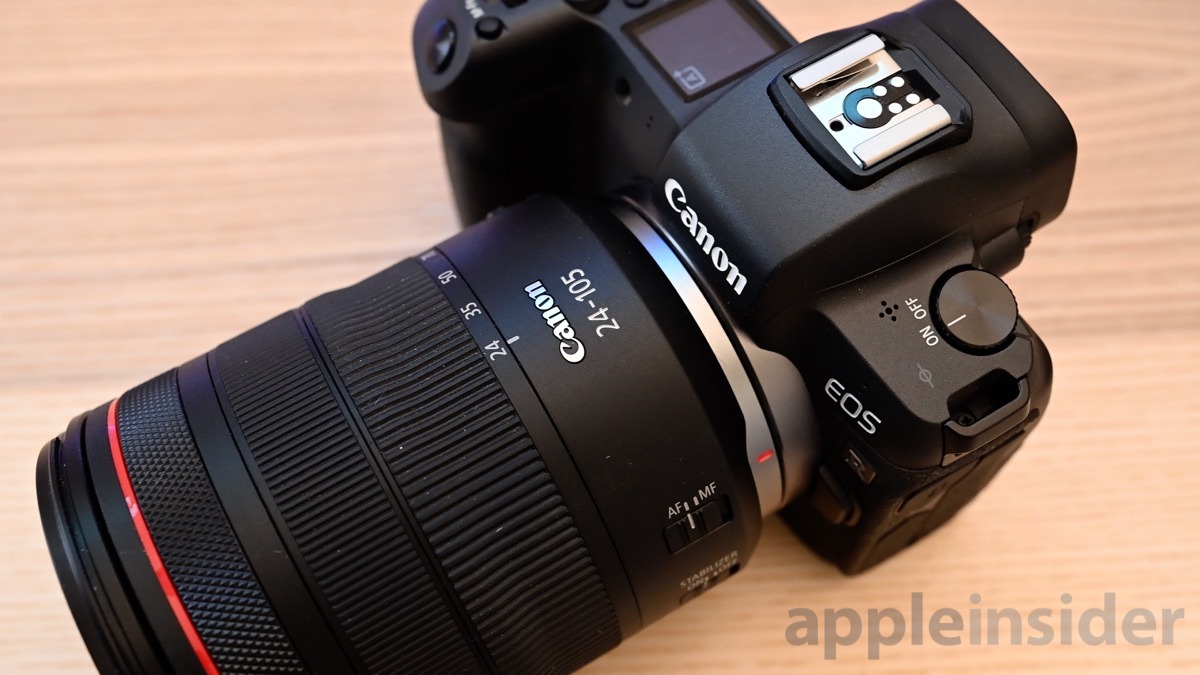
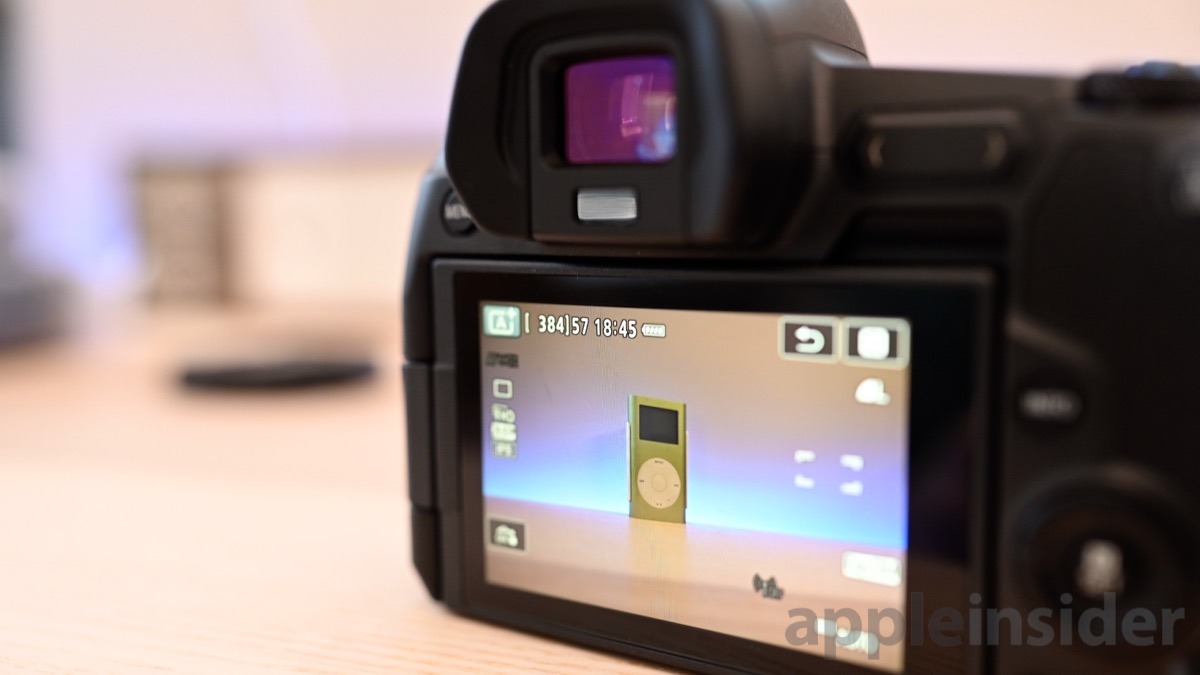
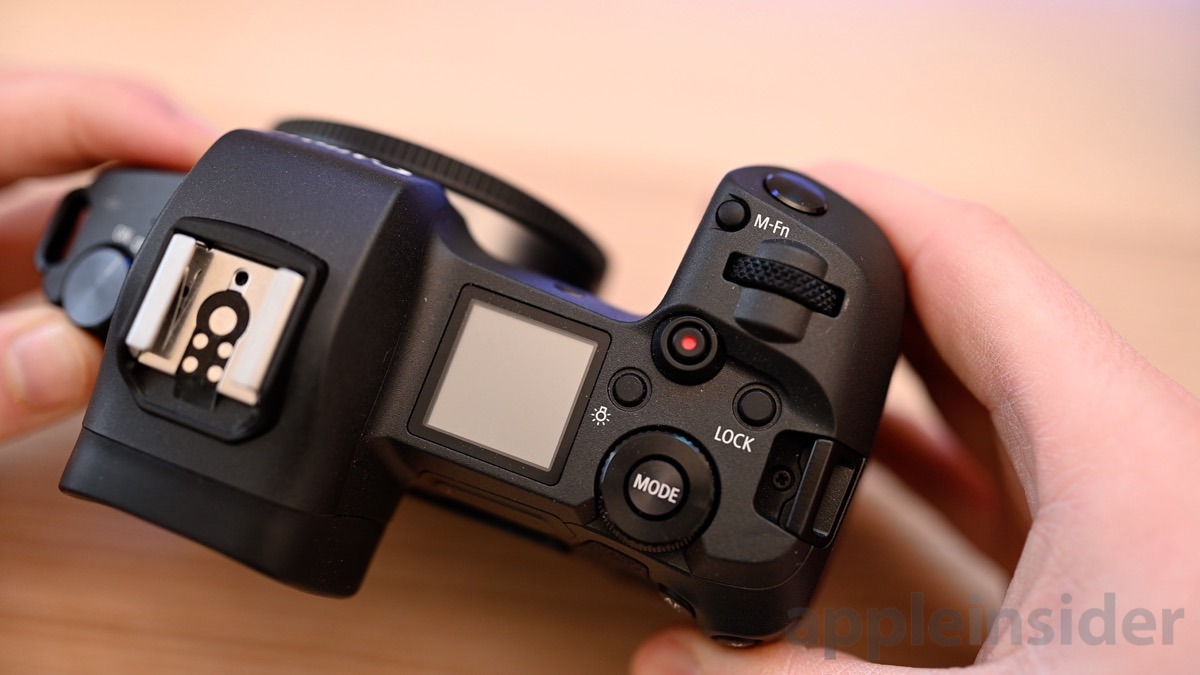
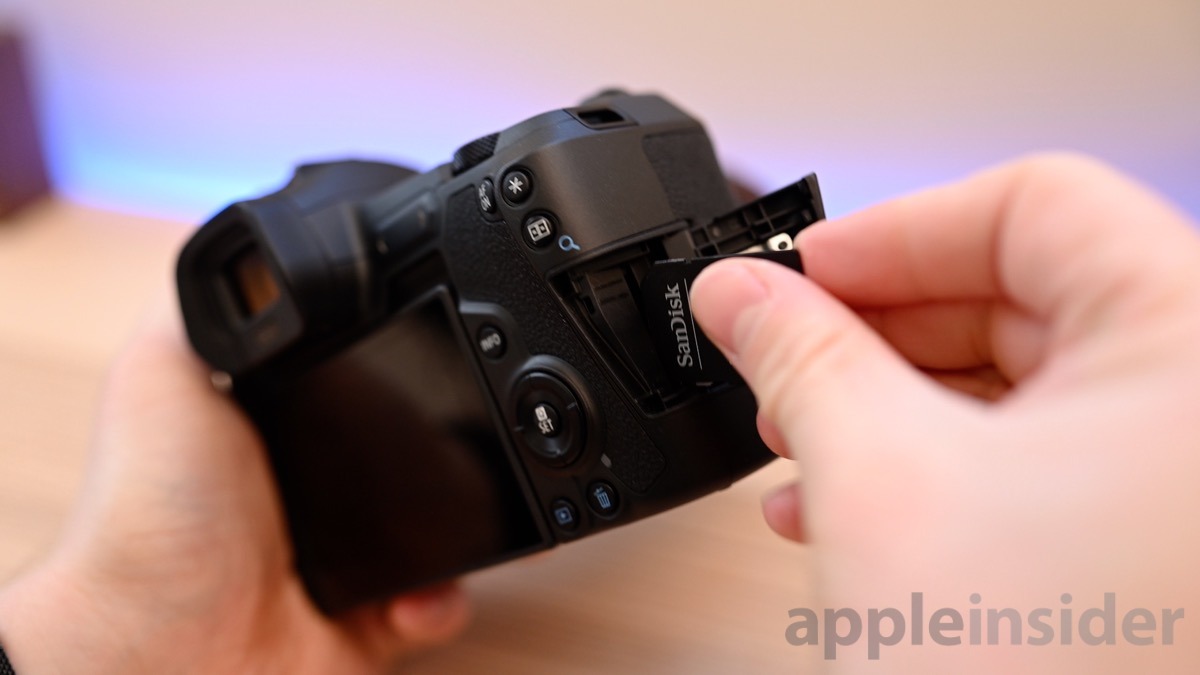
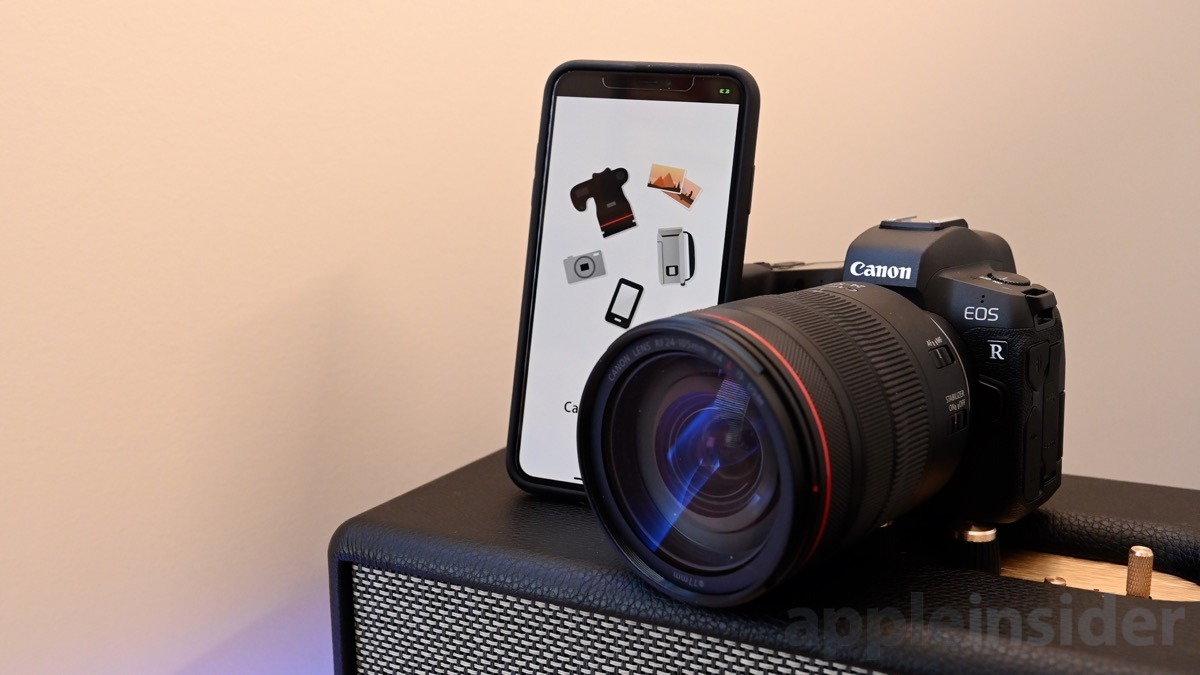
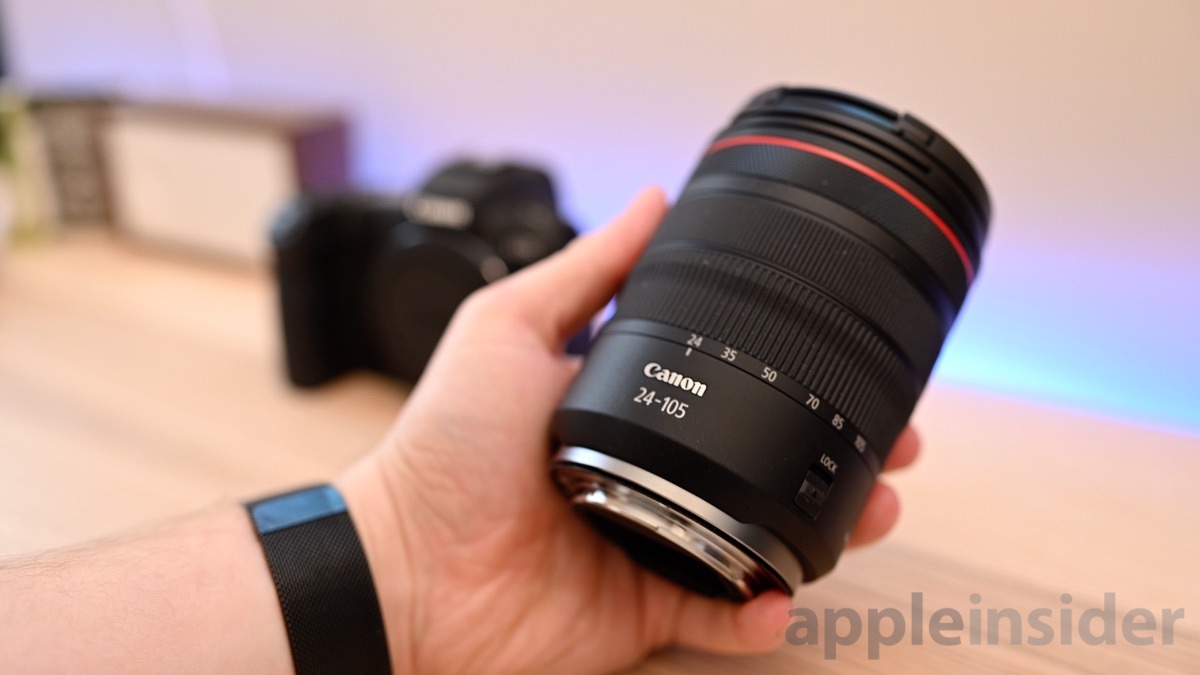
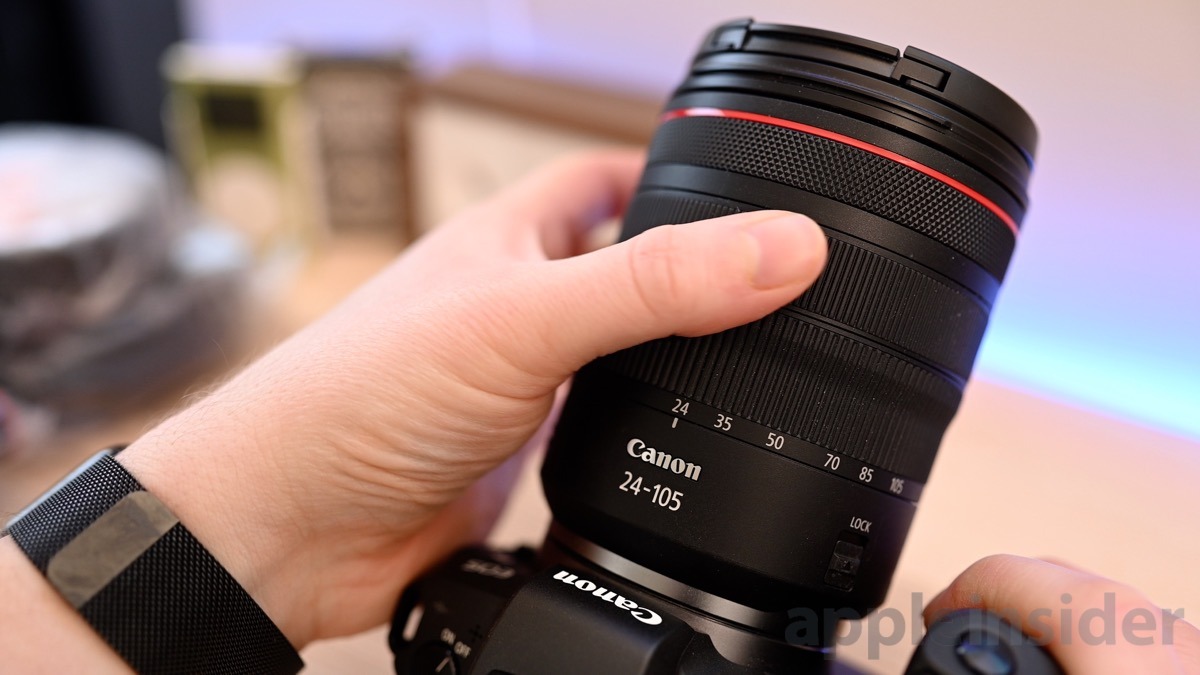
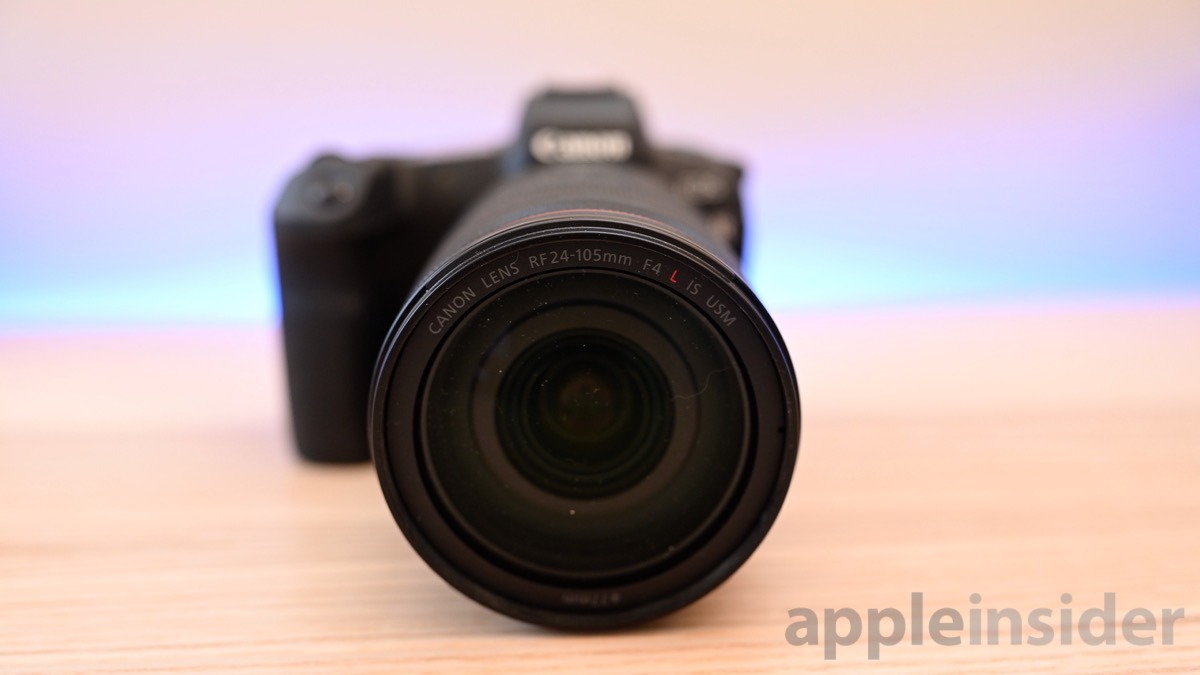
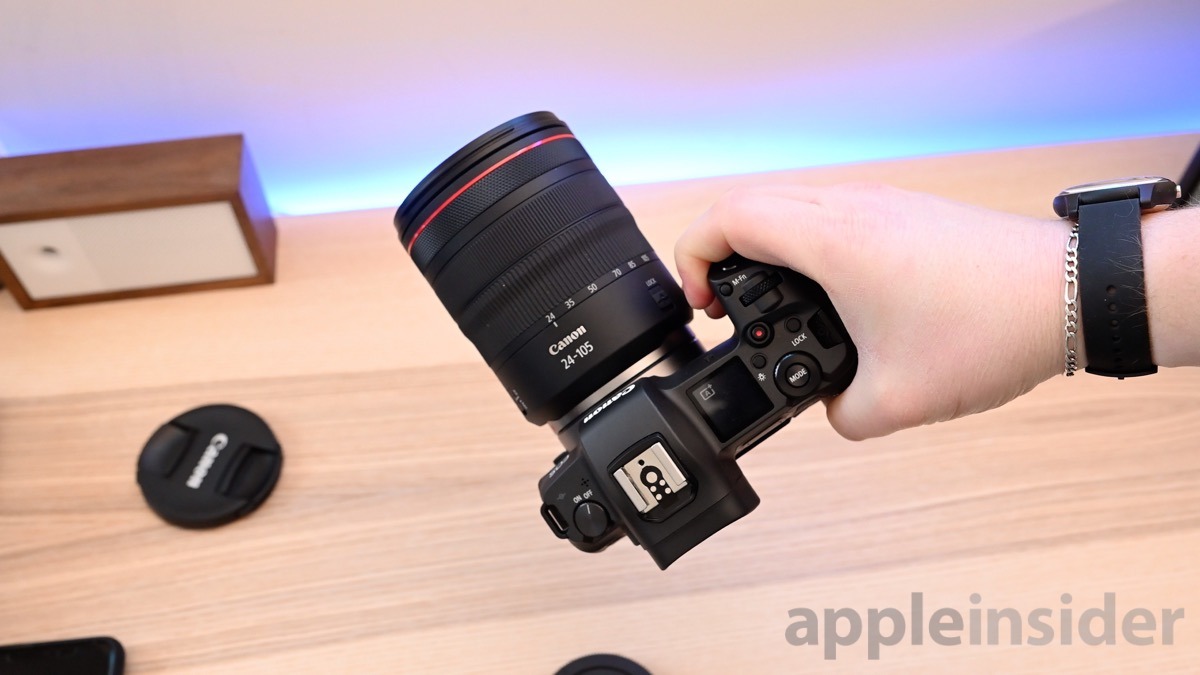



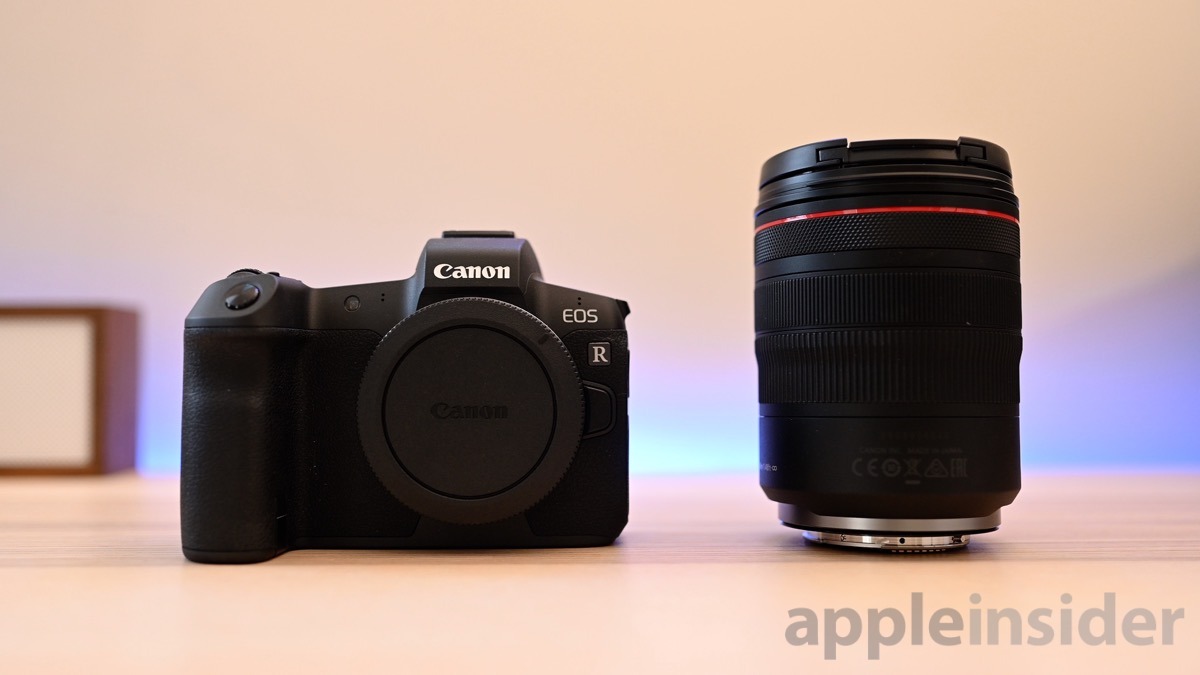
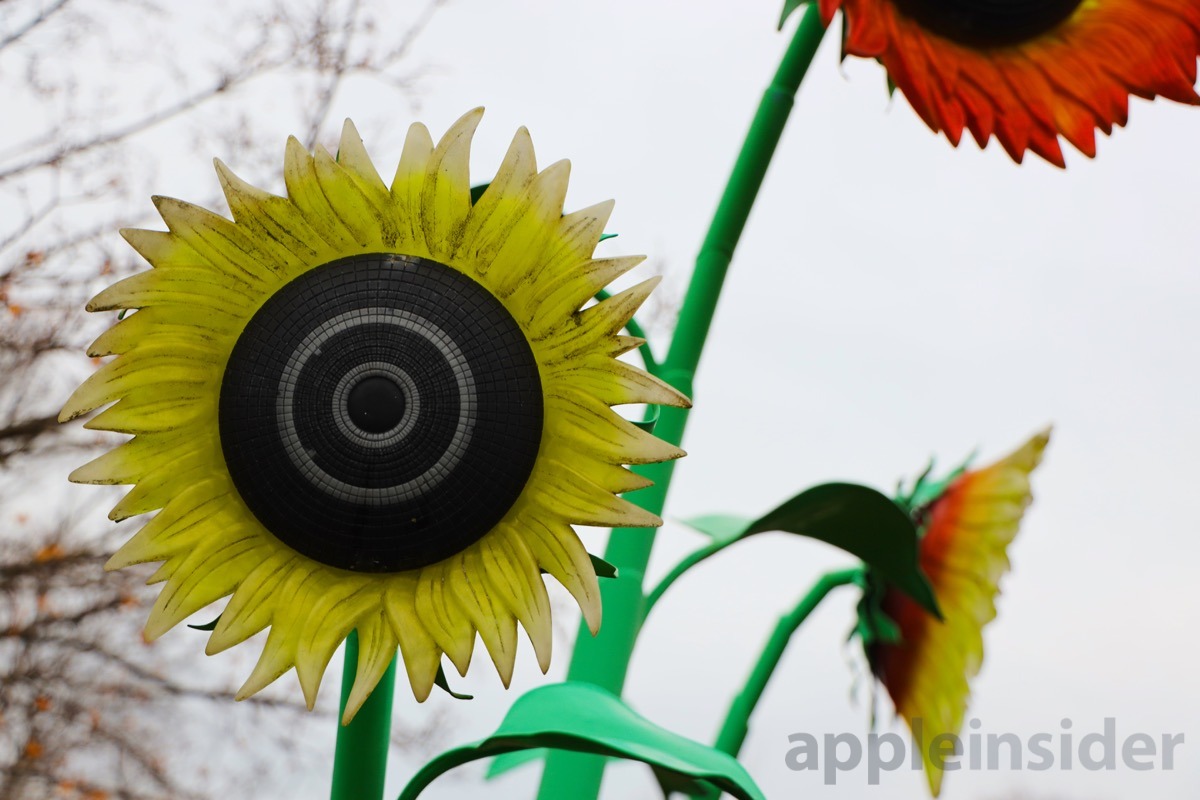








-m.jpg)






 Andrew Orr
Andrew Orr
 Amber Neely
Amber Neely
 Marko Zivkovic
Marko Zivkovic
 William Gallagher and Mike Wuerthele
William Gallagher and Mike Wuerthele



 Mike Wuerthele
Mike Wuerthele









16 Comments
"In-body stabilization, additional lens offerings, tight crop-factor on video, poor button layouts, slow fps, and a plastic design prevent us from widely recommending this camera." -- This sentence makes no sense. You want in-body stabilization, which the camera lacks. Additional lens offerings sounds good. What the hell? Please learn to write.
RIP my $20K in lenses. But moving IS into the body, I would think, makes future lenses cheaper?
I'm following Canon's roadmap closely as I am ready to upgrade my trusty Canon 5DM3 dSLR. Canon is doing the right thing with how they are introducing their products. People buying the current R-bodies will most likely be current EF-owning dSLR owners that can just use their EF lenses with an adapter.
Btw AI - The R-mount is the same diameter as the "old" EF-mount. 54mm. Your story implies that Canon made changes to physical mount, which is not accurate.
I own it, I love it. Autofocus is incredible, facial recognition works far better than expected. ALL of my existing lenses work PERFECTLY with a $99 adapter... PLUS my APS-C lenses now work, too! I held onto my 7D because it was my only body that worked with my 10-22. Now, my EOS R can handle my 10-22! I'm also a little baffled about the 4K cropping complaints. The image receptor on the EOS R is 6720x4480; to shoot at 4K video, the camera needs to shoot at 3840x2160 to maintain 4K resolution without resizing/resampling the video. Of course there's going to be crop factor when shooting 4K video, it's utilizing far less sensor even at true 4K. But maybe I'm missing something obvious, I usually am. Between a $99 adapter to continually shoot with my Canon lens collection or a $500 adapter to switch to a Sony AIII, I'll take the $99 adapter and the EOS R, which has been a way better camera than I kept reading about, I do not regret the purchase one bit.